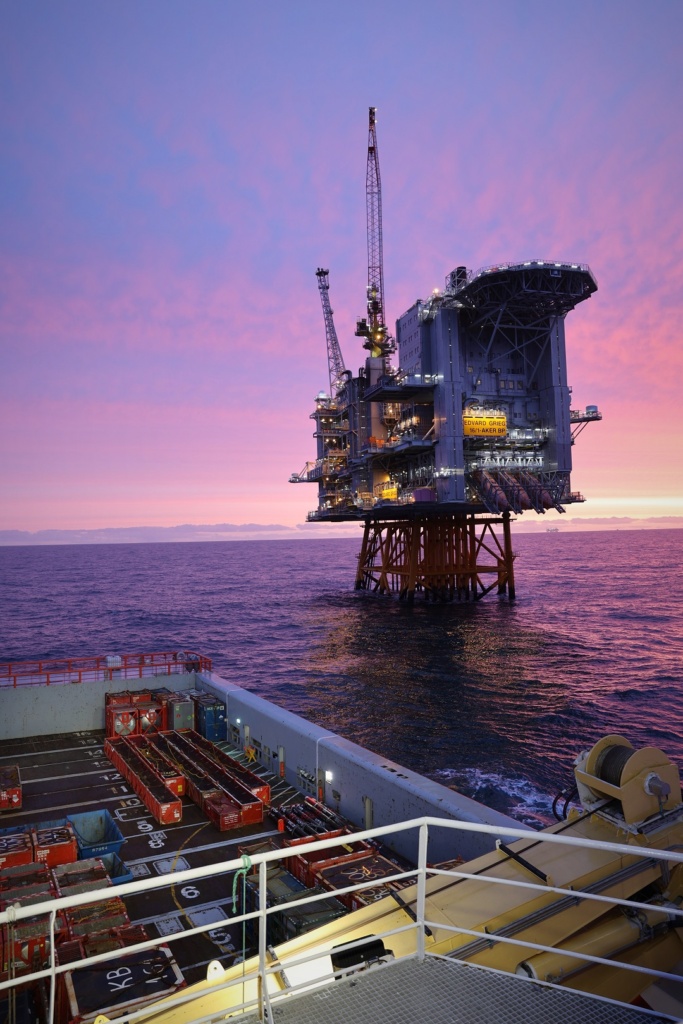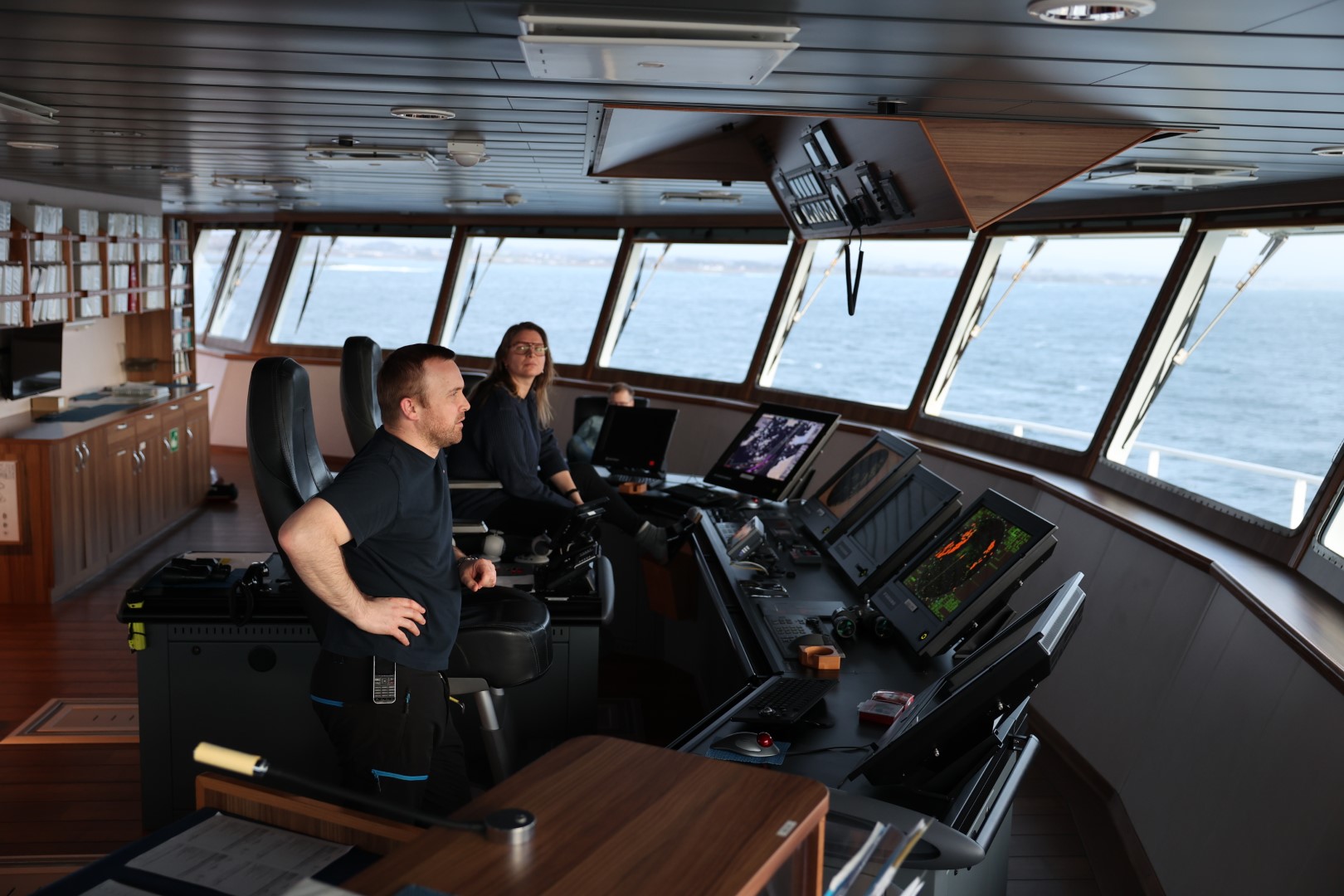The human factor in smooth sailing
The supply vessel Normand Solitaire is loading equipment and supplies for its next trip out into the North Sea. Decisions are made both during planning and execution of the voyage which affect the vessel’s overall emissions of greenhouse gases. The crew are focused on reducing emissions wherever they can.
Normand Solitaire is one of the North Sea’s workhorses. An 11-year-old lady measuring just over 90 metres from bow to stern, and with room for about 1/4 acre of cargo on deck. In 2021, a battery was installed on the boat for hybrid operations, as well as equipment to connect to electricity when she’s at quay. Both contribute to significantly lower emissions. But equally important is the human factor provided by logistics personnel and the crew. The captain on board, Håvard Nordstrand, has been part of the transition from sailing quickly from A to B, to sailing smart, in a way that makes good sense for the environment.

On this trip, Normand Solitaire will be delivering equipment and supplies to three installations; the production platforms Ivar Aasen and Edvard Grieg, and the drilling platform Scarabeo 8. It will then turn around to take return cargo back ashore. The most environmentally friendly trip is the one you avoid taking. This is why there’s a benefit in being able to coordinate logistics for multiple installations through better utilisation of cargo capacity and fewer nautical miles for the boat.
On the way out into the North Sea, captain Håvard Nordstrand explains their philosophy on saving fuel along the way:
Normand Solitaire has three machines that produce electricity for the thrusters (propellers) that drive the boat. On this trip, two of them will be in use through the night. Once the morning breaks, they’re in such good shape for their arrival, and the weather has calmed down a bit, so they can run on only one engine. If they need extra power, the hybrid battery will kick in.

The boat uses dynamic positioning during offloading and loading at the installations. Even if the vessel needs to stay stationary, this still requires a relatively large amount of power in reserve to counteract wind and currents. The Scarabeo 8 drilling rig is a floating installation that is moored with anchor lines. And the boat’s bow is located just a few metres above one of the anchor lines. At this point, first officer Ana Maria Lind chooses to keep two engines running.
